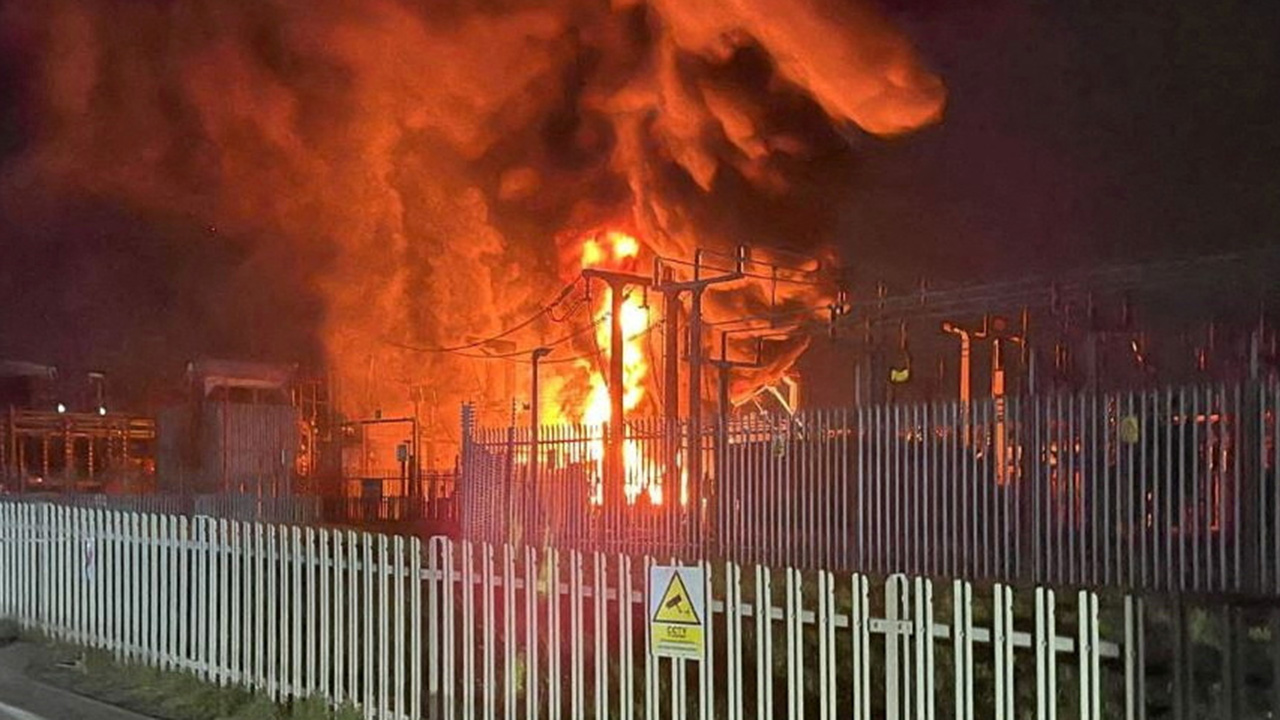5 Signs Your Supply Chain isn’t as Visible As You Think
5 Signs your supply chain isn’t as visible as you think
Effective supply chain visibility is essential for modern businesses operating across Europe and globally. When managing a fleet of vehicles and trailers, gaining deeper insight into location, utilisation and maintenance becomes increasingly important, especially through robust trailer tracking systems. Many businesses assume their logistics processes are fully visible, yet disruptions regularly occur, causing delays and unnecessary expenditures. Identifying and recognising clear signs of inadequate supply chain visibility enables organisations to take decisive action towards improving their logistical efficiency. Here are five telling signs you might not have the clear insight into your supply chain operations that you think you do.
1. Increasing number of unexpected delays
One clear indicator of weak supply chain visibility is that your deliveries and shipments experience frequent delays without prior indication. Continuous unexpected delays typically highlight a communication gap between logistics providers, carriers and your internal management teams. Without real-time monitoring solutions integrated into your operational systems, pinpointing the exact cause of these delays becomes a daunting task. Quite often, these delays stem from logistical blind spots such as inefficient loading processes, inaccurate estimated arrival times or route inefficiencies. Addressing delays through improved visibility solutions allows you to better anticipate disruptions and address them proactively, minimising their impact on your operations.
2. Difficulty in identifying the exact location of your assets
Asset management largely depends on knowing the precise location of every significant product, vehicle or piece of equipment at any given moment. Without accurate asset tracking solutions, it becomes impossible to trace specific shipments or trailers efficiently throughout your supply chain. Inadequate asset visibility can lead to misplacement, theft, unnecessary downtime and reduced productivity. Modern technologies such as GPS-enabled vehicle tracking and automated real-time data collection allow businesses to quickly locate any of their assets. Integrating asset tracking into your daily logistics routine significantly streamlines resource allocation and reduces operational risks.
3. Lack of real-time data and analytics
Relying solely on manual logbook updates, paperwork or outdated systems could be holding back your supply chain’s performance. Manual processes lead to delays, errors and inaccuracies due to human intervention, seriously compromising the quality of data you have at your fingertips. Without real-time data and analytics, your supply chain professionals are unable to make timely decisions based on accurate insights. Effective supply chain tools provide up-to-date information through centralised dashboards, enabling your business to evaluate performance metrics, identify bottlenecks quickly and improve overall productivity.
4. Rising customer complaints related to deliveries
Your business’s success relies upon fulfilling customer expectations consistently and reliably. Therefore, an increase in customer dissatisfaction regarding delivery times or conditions signals that you may have less visibility than assumed. Common customer complaints concerning delayed or lost shipments, or inaccurate delivery information, often occur due to incomplete supply chain visibility. Enhanced transparency through tools such as vehicle tracking allows for accurate updates and improved communication with customers. Consequently, boosting customer satisfaction becomes achievable by proactively addressing potential issues before they escalate.
5. Ineffective communication across the supply chain network
A comprehensive view of your supply chain ultimately depends upon clear and effective communication between various departments, teams and external partners. Misunderstandings, ambiguities and unclarified responsibilities within your logistics processes indicate insufficient visibility. This problem typically surfaces when teams work disconnectedly or operate based on outdated information. A consistent and reliable flow of information reduces ambiguity, minimises risks and ensures accurate decision-making processes throughout every stage of supply chain operations. Improving communication clarity can be achieved by employing integrated platforms, collaborative tools and real-time information sharing.
Why recognising these signs matters
Identifying and acknowledging these five signs of insufficient supply chain visibility is the starting point for businesses keen on optimising their operations and reducing liabilities. Organisations that disregard such indicators generally experience heightened costs, lower productivity and compromised customer satisfaction rates. Embracing a proactive approach, equipped with modern technologies and accurate real-time data, is imperative for staying competitive in today’s fast-paced business environment. Enhancing visibility across your logistics operations not only mitigates potential risks but also allows your organisation to adapt efficiently to changing demands and market fluctuations.
The post 5 Signs Your Supply Chain isn’t as Visible As You Think appeared first on EU Business News.

















































